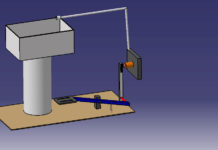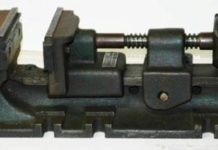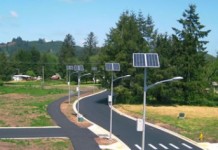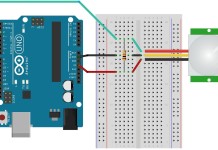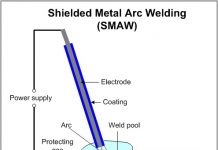MECHANICAL BRAKE
-
Mechanical brake all act by generating frictional forces as two surfaces rub against each other. The stopping power or capacity of a brake depends largely on the surface area of frictional surfaces as well as on the actuation force applied. The friction and wear encountered by the working surfaces are severe. Thus, the durability of a brake or service life between maintenance depends heavily on the type of material used to line the shoe or pad.

Mechanical brakes are assemblies consisting of mechanical elements for the slowing or stopping of shafts in equipment drives. They use levers or linkages to transmit force from one point to another. Braking slows or stops the movement of the coupled shafts. There are several types of mechanical brakes. Band brakes, the simplest brake configuration, have a metal band lined with heat and wear resistant friction material. Drum brakes, which are commonly used on automobile rear wheels, work when shoes press against a spinning surface called a drum. Disc brakes are constructed of brake pads, a caliper, and a rotor. During operation, the brake pads are squeezed against the rotor. Cone brakes are made with a cup and a cone, which is lined with heat and wear resistant material. During actuation, the cone is pressed against the mating cup surface.
Related Articles
Braking System and Its Classification, Application, Advantages and Disadvantages
Mechanical Brakes are mainly two types:
- Disc Brake
- Drum Brake
- Disc Brake
The disc brake is a device for slowing or stopping the rotation of a wheel while it is in motion. A brake disc is usually made of cast iron , but may in some cases be made of composites such as reinforced carbon-carbon or ceramic -matrix composites. This is connected to the wheel and/or the axle . To stop the wheel, friction material in the form of brake pads (mounted on a device called a brake caliper ) is forced hydraulically , pneumatically or electromagnetically against both sides of the disc. Friction causes the disc and attached wheel to slow or stop. Brakes convert motion to heat, and if the brakes get too hot, they become less effective, a phenomenon known as brake fade .
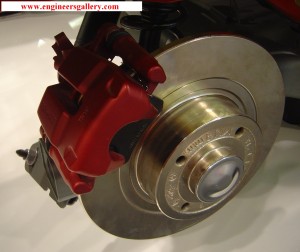
- Drum Brake
A drum brake is a brake in which the friction is caused by a set of shoes or pads that press againt a rotating drum-shaped part called a brake drum.

The term “drum brake” usually means a brake in which shoes press on the inner surface of the drum. When shoes press on the outside of the drum, it is usually called a clasp brake . Where the drum is pinched between two shoes, similar to a conventional disk brake , it is sometimes called a “pinch drum brake”, although such brakes are relatively rare. A related type of brake uses a flexible belt or “band” wrapping around the outside of a drum, called a band brake .
Reference projecttopics


